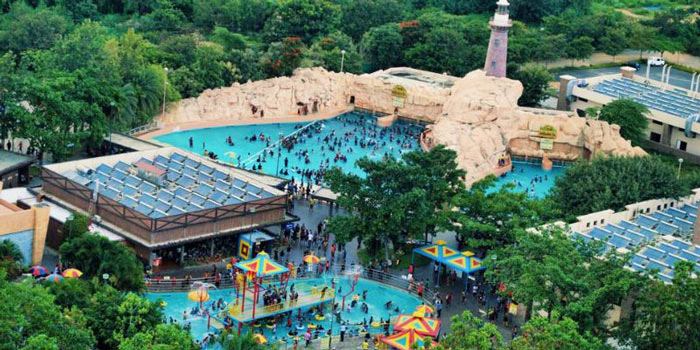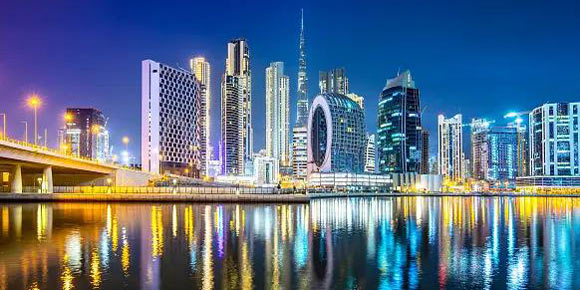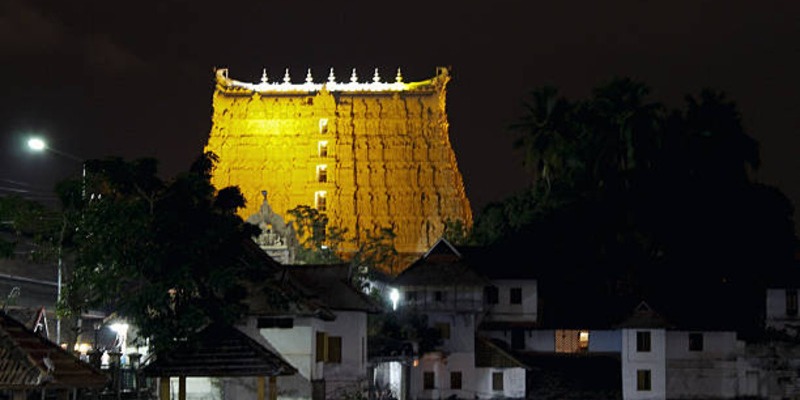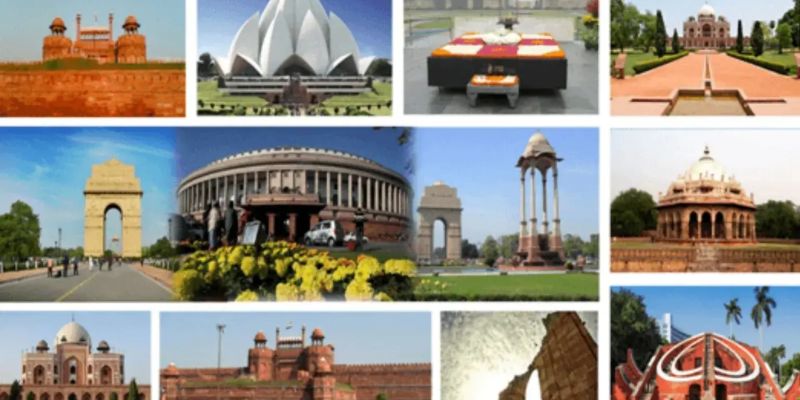
Explore the wonders of India and its rich history with a visit to some of its most famous historical sites. From timeless monuments to renowned cities, prepare for a journey through time that amazes you!
With so many important landmarks scattered across the country, it can be overwhelming to determine which places should make your must-see list.
We've compiled the ultimate guide with all you need to know about India's top landmarks and historical locations - from visits to magnificent forts, monumental palaces, world heritage sites, and more!
Discover why these places are integral to Indian culture and get inspired to explore them yourself in this comprehensive guide.
Taj Mahal, Agra
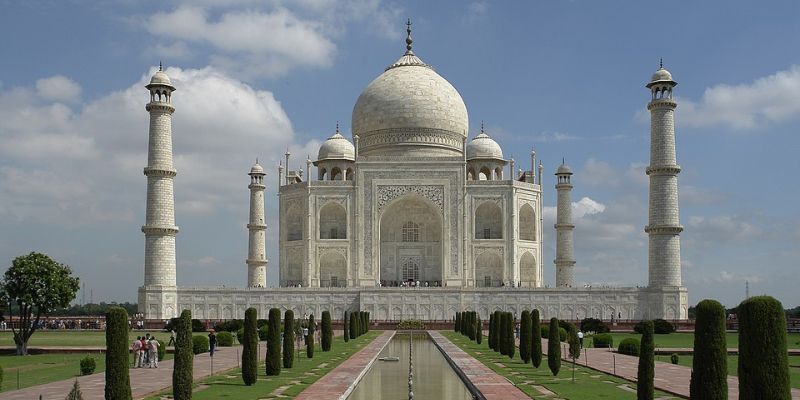
One of India's most recognisable and adored structures is the Taj Mahal. It was created by Mughal emperor Shah Jahan in honour of his cherished wife, Mumtaz Mahal, and is located in the city of Agra.
This beautiful marble tower stands today as a stunning reminder of true love and a testament to the grandeur of Mughal architecture. The Taj Mahal comprises four majestic minarets, a splendid dome, and intricately carved white marble walls.
Visitors worldwide flock to this iconic landmark to marvel at its stunning beauty and rich history. From dawn till dusk, the view of the Taj Mahal changes with light, making it a captivating sight to behold - no matter how many times you visit!
Visiting the Taj Mahal is a must for all travelers and an experience that should be noticed. Get ready to fall in love with this majestic mausoleum and take home memories of its beauty that will last a lifetime.
Agra Fort, UP
Agra Fort in Uttar (Pradesh) is a must-see historical site for any traveler to India. Built by the Mughal emperor Akbar in 1565, this majestic fort was once the imperial residence of the Mughals and served as an important military structure during their rule.
A complex maze of courtyards, mosques, and luxurious pavilions lies within its imposing red sandstone walls. From the impressive Diwan-i-Khas to the beautiful Pearl Mosque, visitors will surely be captivated by Agra Fort's grandeur.
Other highlights include the Jahangir Mahal, an impressive palace built for Emperor Akbar's son Jahangir, and the Moti Masjid, decorated with intricate marble carvings and floral motifs. With spectacular views of the Taj Mahal, a visit to Agra Fort will give you an insight into India's rich Mughal history and heritage.
Red Fort, Delhi
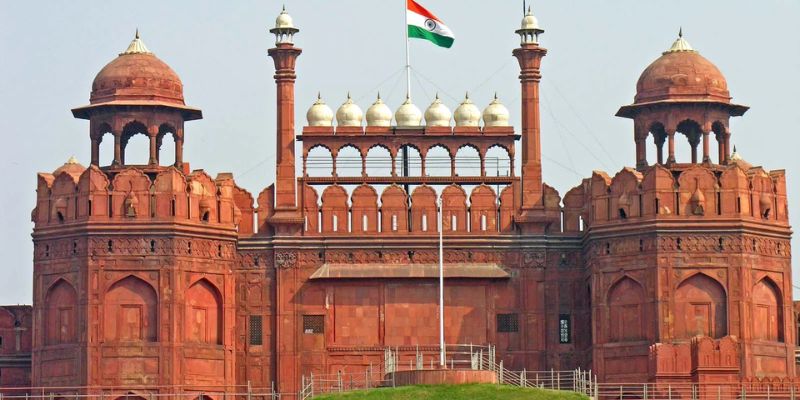
The Red Fort is one of India's most renowned and iconic landmarks. Located in the heart of Delhi, this majestic fort was built by the Mughal emperor Shah Jahan in 1638 as a symbol of power and grandeur.
Built with red sandstone, it once served as the main residence for Mughal royalty. Today, it is a stunning testimony to the great Mughal empire. Visitors can explore its beautiful courtyards, ornate palaces, and grand halls, which provide an insight into India's rich culture and history.
The Red Fort also has two exquisite mosques - the Moti Masjid and the Naubat Khana. Every evening, a breathtaking sound-and-light show occurs at the fort, giving visitors a glimpse of its illustrious past.
A must-see for any traveler to Delhi, the Red Fort is an unforgettable experience that will leave you in awe of India's glorious history.
Humayun's Tomb, Delhi
Humayun's Tomb stands proudly as one of Delhi's most famous landmarks. Built in 1570, this majestic Tomb was constructed to memorialize Mughal emperor Humayun and is considered one of the first examples of Mughal architecture.
This beautiful structure is a large garden complex with pathways lined with cypress trees, fountains, and lush greenery. The centerpieces of the complex are two impressive sandstone mausoleums - one for Humayun and a second for his beloved wife, Hamida Banu Begum.
The grand domes and intricate carvings on the Tomb's walls make it an impressive sight. Today, this historical site is listed as a UNESCO world heritage site and draws in visitors worldwide.
Qutub Minar, Delhi
Qutub Minar is an awe-inspiring tower located just outside of Delhi. Built-in the early 12th century by Qutab-ud-din Aibak, it is the tallest brick minaret in India and a renowned symbol of Islamic architecture.
This impressive tower stands at an impressive height of 73 meters and comprises five stories with balconies overlooking beautiful gardens. The intricate carvings on its walls depict stories from the Mughal era, and its base is covered in verses from the Quran.
This majestic tower is a must-see for any traveler to Delhi and provides an excellent opportunity to explore India's rich heritage.
Golconda Fort, Hyderabad
Golconda Fort stands tall in the city of Hyderabad and is a must-see destination for any traveler to India. This fort was once the capital of the medieval kingdom of Golconda and features majestic walls that run over 11 kilometers long.
This historical site's interior comprises four grand gateways, palaces, pavilions, mosques, and beautiful gardens. Its grandeur and impressive scale attract visitors from all over the world.
The most iconic feature of Golconda Fort is its acoustics, which allow sounds to travel great distances. Standing near one of the walls, you can hear conversations from other parts of the fort!
This stunning fort will surely leave a lasting impression on any visitor and provide an opportunity to explore India's rich culture and history. The fort also serves as a reminder of the mighty Golconda Empire, which once served as an important center for diamond trading in the region.
Fatehpur Sikri,
The Taj Mahal, which Mughal emperor Shah Jahan constructed in 1631 as a sign of his undying love for his adored bride, is the most historic location in India. One of the Seven Wonders of the World, this stunning marble monument has come to symbolise Indian culture.
The most notable structures within Fatehpur Sikri include the Diwan-i-Khas (Hall of Private Audience), Buland Darwaza (The Great Gate), and the Jama Masjid (Great Mosque). Each structure is unique and showcases the intricate designs and craftsmanship of Mughal artisans.
Fatehpur Sikri also hosts a variety of monuments, pavilions, markets, courtyards, and gardens. Visitors can explore these areas and experience the grandeur of this historical site. A visit to Fatehpur Sikri will surely leave you in awe of India's rich history and provide an unforgettable experience that will stay with you forever!
FAQS
What are the top 10 historical places in India?
The top 10 historical places in India include the Taj Mahal, Red Fort, Humayun's Tomb, Qutub Minar, Golconda Fort, Agra Fort, Fatehpur Sikri, Amer Fort, Jantar Mantar observatory and Ellora Caves.
What are the 12 historical places of India?
The 12 historical places of India include the Taj Mahal, Red Fort, Humayun's Tomb, Qutub Minar, Golconda Fort, Agra Fort, Fatehpur Sikri, Amer Fort, Jantar Mantar observatory, Hampi ruins, Ellora Caves and Elephanta Caves.
Which is the most historic place in India?
The Taj Mahal, which Mughal emperor Shah Jahan constructed in 1631 as a sign of his undying love for his adored bride, is the most historic location in India. One of the Seven Wonders of the World, this stunning marble monument has come to symbolise Indian culture.
Conclusion
India is a country full of diverse cultures, history, and landmarks. There is no shortage of places to explore, from the iconic Taj Mahal to majestic forts like the Red Fort. Each site is an opportunity to experience IIndia'srich heritage and learn more about its fascinating past. No matter where you are in India, you will surely find a historical landmark leaving you in awe. So come and explore India's many wonders - prepare to be amazed!

